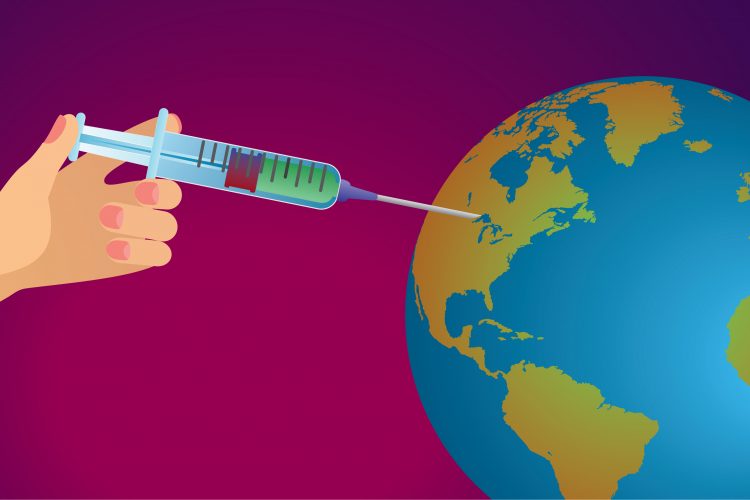Many people may not receive a COVID-19 vaccine until 2022
Posted: 16 December 2020 | Hannah Balfour (European Pharmaceutical Review) | No comments yet
Studies show that more than a fifth of the global population, mostly in low- and middle-income countries, may have to wait until at least 2022 to receive a COVID-19 vaccine.


Researchers suggest that almost a quarter of the global population may have to wait until at least 2022 to receive a COVID-19 vaccine, despite an estimate suggesting that around 68 percent of the global population (3.7 billion adults) are willing to receive one. According to experts, this means that COVID-19 vaccines may be as challenging to deliver as they were to develop.
These findings were reported in two studies published by the BMJ.
The first study, undertaken by researchers from the Johns Hopkins Bloomberg School of Public Health, analysed how vaccines may be distributed based on publicly announced pre-orders.
According to the authors, by mid-November 2020 several countries had reserved a total of 7.48 billion doses (3.76 billion courses) from 13 manufacturers. Just over half (51 percent) of these doses were for high income countries, representing just 14 percent of the world’s population. They added that low- and middle-income countries, which account for more than 85 percent of the world’s population, may have the remainder, but that this would depend on how high-income countries share what they procure and whether the US and Russia participate in globally coordinated efforts.
The investigators said that if every vaccine candidate is successfully scaled then the total projected manufacturing capacity is 5.96 billion courses by the end of 2021, with prices ranging from $6.00 per course to $74 per course. The authors said that, even if all of manufacturers were to succeed in reaching their maximum production capacity, at least a fifth of the world’s population would not have access to vaccines until 2022.
“This study provides an overview of how high-income countries have secured future supplies of COVID-19 vaccines, but that access for the rest of the world is uncertain,” they wrote. “Governments and manufacturers might provide much needed assurances for equitable allocation of COVID-19 vaccines through greater transparency and accountability over these arrangements.”
In the second study, researchers based in China and US estimated target populations for whom vaccines would be required, to help guide development of fair and equitable allocation strategies across the globe.
They found that target population sizes for COVID-19 vaccination vary widely by geographical region, vaccine objectives (such as maintaining essential core services, reducing severe COVID-19 and stopping virus transmission) and the impact of vaccine hesitancy in reducing demand.
They suggested that around 68 percent of the global population (3.7 billion adults) is willing to receive a COVID-19 vaccine and suggest their findings “provide an evidence base for global, regional, and national vaccine prioritisation and allocation.”
“Variations in the size of the target populations within and between regions emphasise the tenuous balance between vaccine demand and supply, especially in low- and middle-income countries without sufficient capacity to meet domestic demand for COVID-19 vaccine” they conclude.
While both studies are observational, and the authors acknowledge that there is a certain amount of uncertainty – mostly due to incomplete information – with their analyses, the findings illustrate the considerable scale and complexity of manufacturing, purchasing, distributing and administering COVID-19 vaccines in a way that meets global needs and does so equitably among nations and populations.









